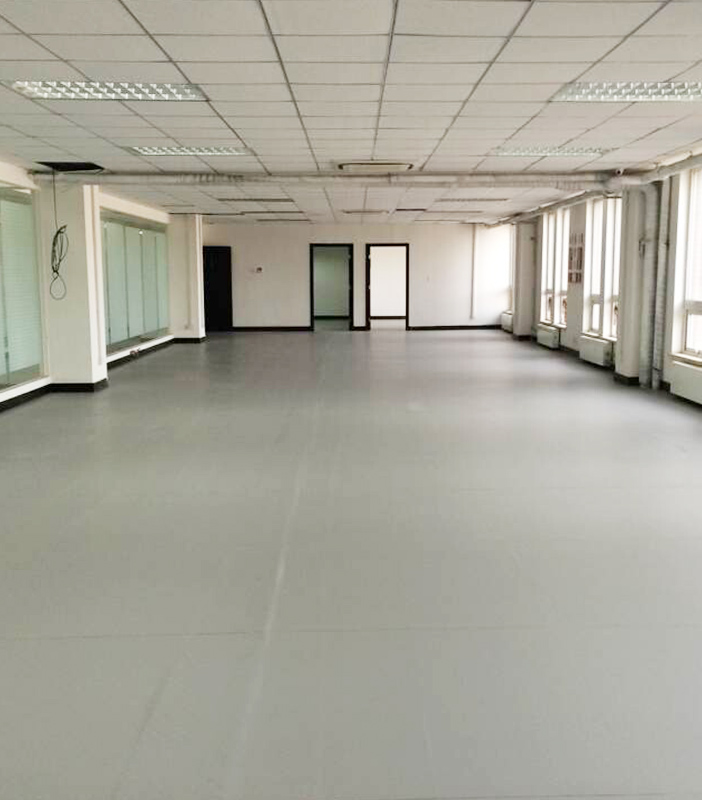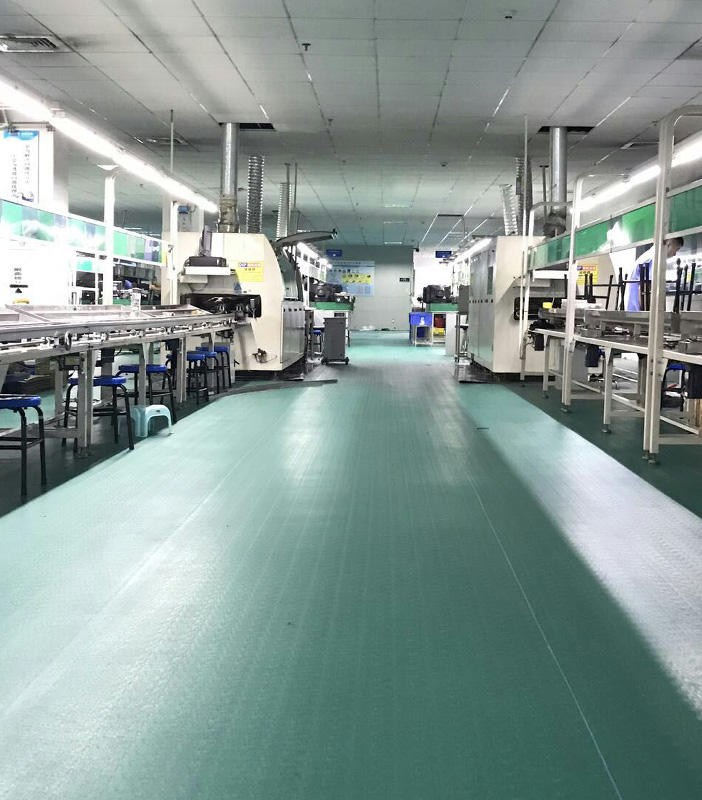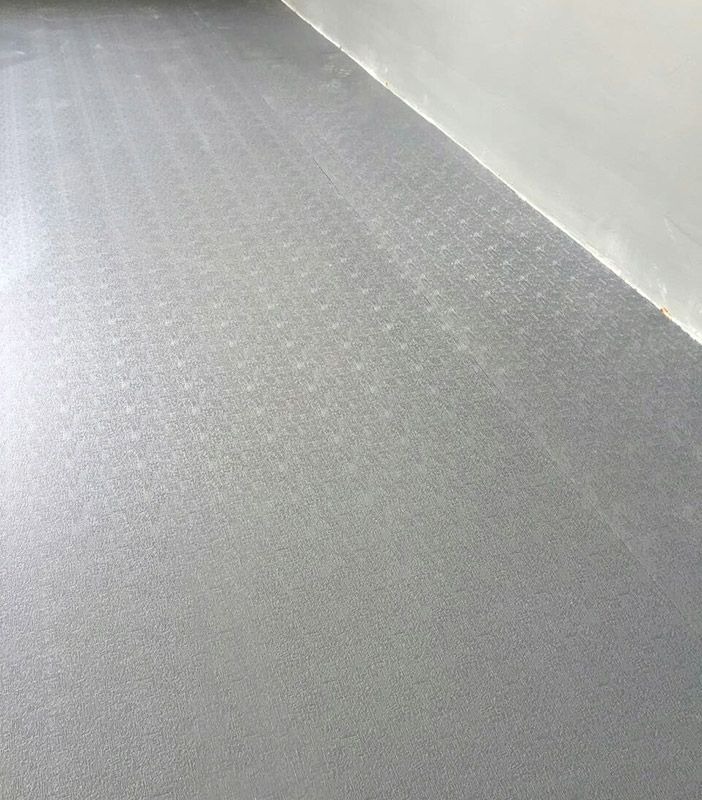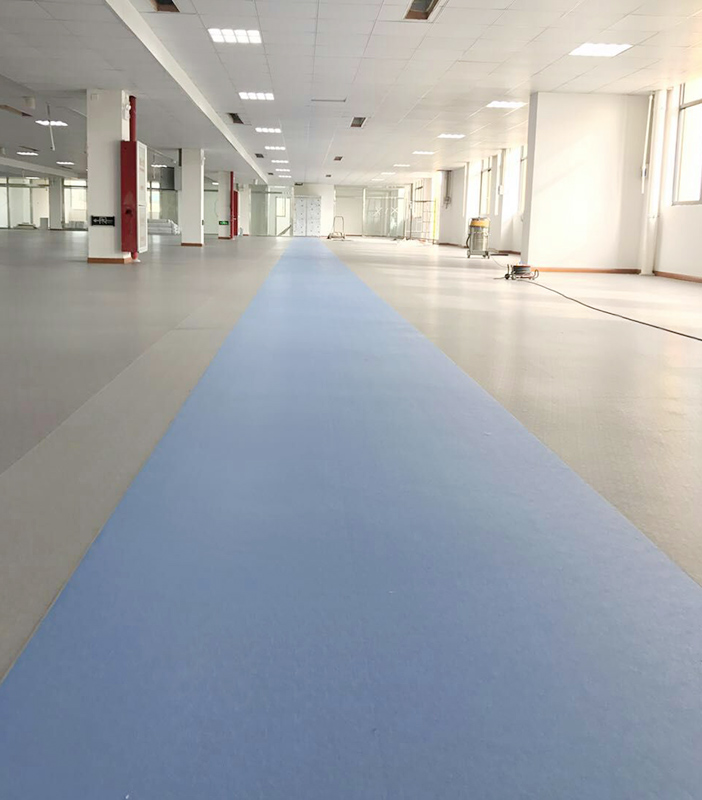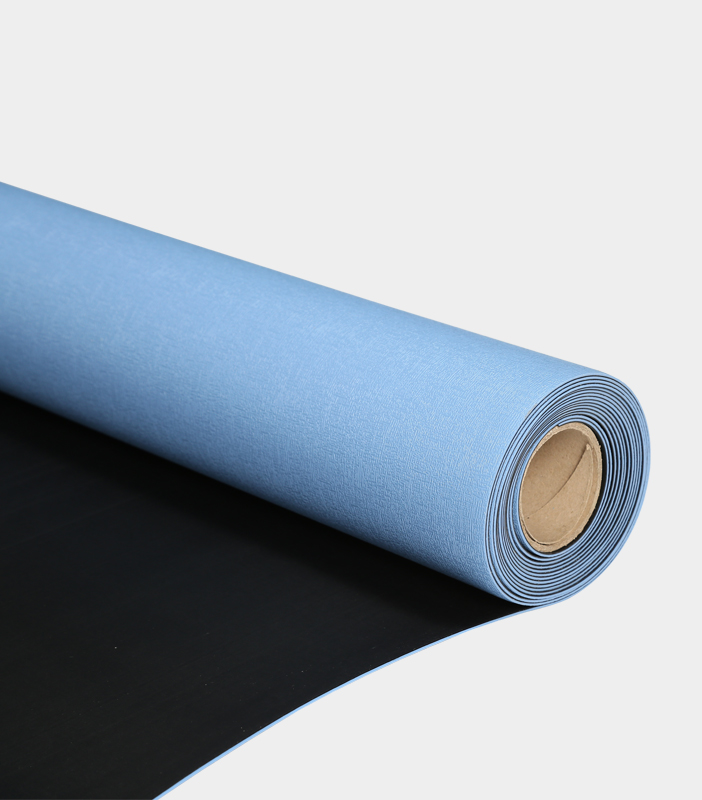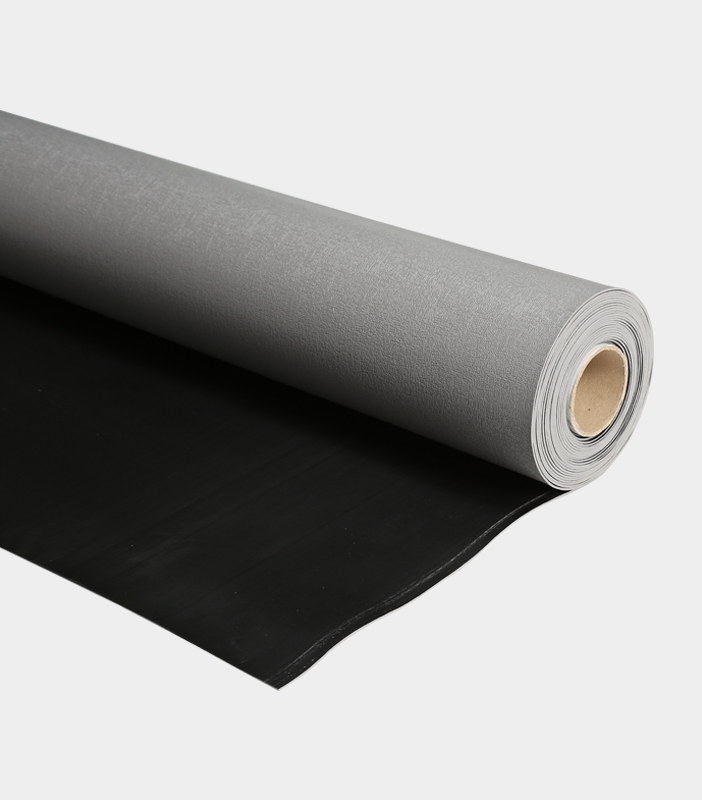Wholesale ESD Foam Mat Manufacturer Factory
In the world of electronics, the smallest of static charges can have a significant impact on the performance and longevity of sensitive components. Electrostatic Discharge (ESD) is a common concern in industries that handle electronic devices, from manufacturing to repair. One of the tools used to mitigate this risk is the ESD foam mat.
Electrostatic Discharge occurs when there is a transfer of electric charge between two objects due to direct contact or electrostatic induction. In the context of electronics, ESD can cause irreversible damage to electronic components, pilot to increased costs and decreased productivity. The human body is a significant source of ESD, as it can accumulate static electricity through friction with clothing, shoes, or even the floor.
ESD foam mats are made from a special type of conductive or dissipative foam material that is designed to safely dissipate static charges. The foam is often combined with a layer of conductive material, such as a metal plate or a woven conductive fiber mesh, to ensure effective grounding. The top surface of the mat is usually covered with a layer of soft, non-abrasive material to protect the components placed on it.
Key Features of ESD Foam Mats:
1. Conductive Properties: The mats are designed to have the right balance of conductivity to safely channel static electricity away from sensitive components.
2. Durability: High-quality ESD foam mats are built to withstand regular use and resist wear and tear, ensuring a long service life.
3. Comfort: The soft surface of the mat provides a comfortable working surface that reduces fatigue during long periods of use.
4. Cleanliness: ESD foam mats are easy to clean, which is essential in maintaining a contamination-free environment.
5. Versatility: They can be used in various settings, from workbenches to packaging areas, to provide a static-safe zone.
When an ESD foam mat is properly grounded, it creates an environment where any static charge on a person or an object can be dissipated before it comes into contact with sensitive electronic components. The mat works in conjunction with other ESD protection equipment, such as wrist straps, heel grounders, and ionizers, to create a comprehensive ESD control system.
Benefits of Using ESD Foam Mats:
1. Protection of Components: The primary benefit is the protection of electronic components from ESD damage, which can be costly to replace.
2. Compliance with Standards: Many industries require compliance with ESD protection standards, and the use of ESD foam mats is often a part of these requirements.
3. Improved Product Quality: By reducing the risk of ESD damage, the overall quality and reliability of electronic products can be improved.
4. Cost-Effectiveness: While the initial investment in ESD foam mats may seem like an added expense, the long-term savings from reduced component damage can be significant.
5. Employee Safety: In addition to protecting components, ESD foam mats also contribute to a safer working environment by reducing the risk of ESD events that can cause injury.
ESD foam mats are a critical component in the arsenal against electrostatic discharge in environments where sensitive electronics are handled. By providing a stable, conductive surface that can be easily integrated into an ESD control program, these mats offer a practical and effective solution to a common problem.
Proper maintenance of ESD foam mats is essential for their effectiveness. This includes regular cleaning to remove debris and the use of appropriate cleaning agents that do not leave residues, which could themselves become sources of static charge.
In conclusion, ESD foam mats are more than just a simple piece of equipment; they are a vital link in the chain of ESD protection that helps to safeguard the investment in sensitive electronic components and the people who work with them.

 简体中文
简体中文 English
English España
España Deutsch
Deutsch